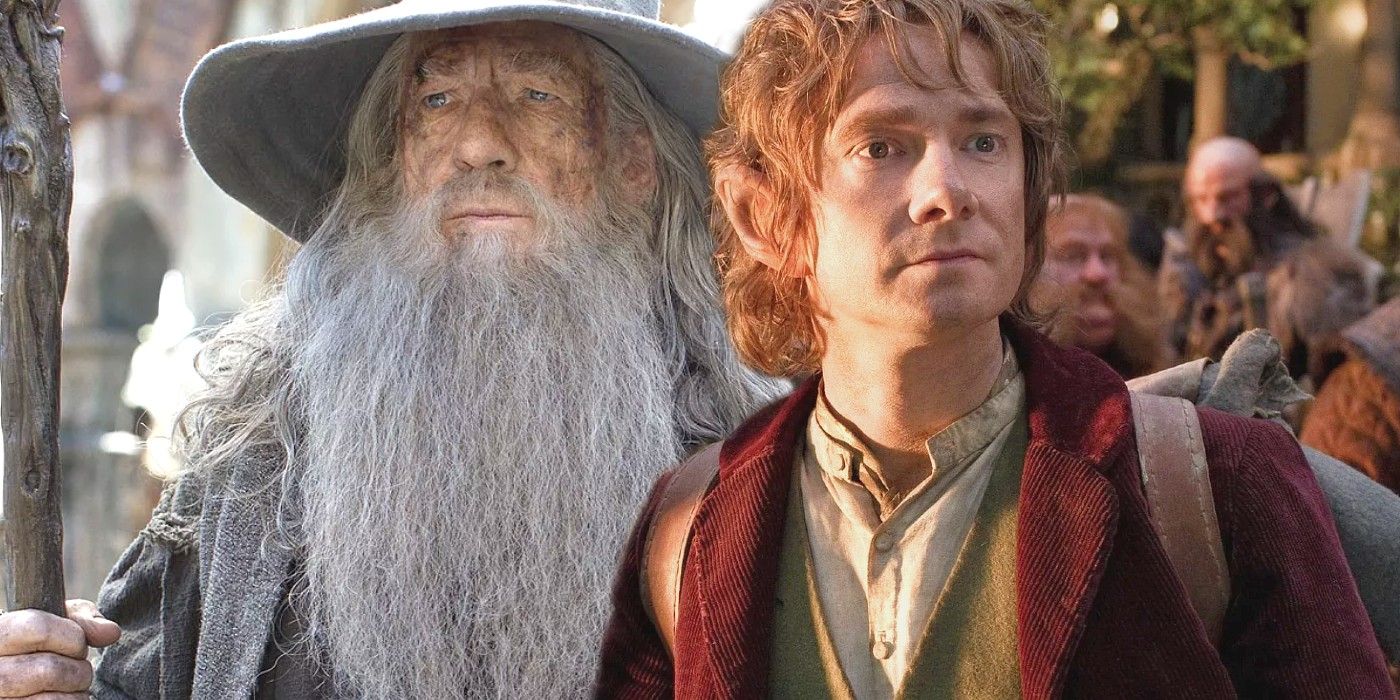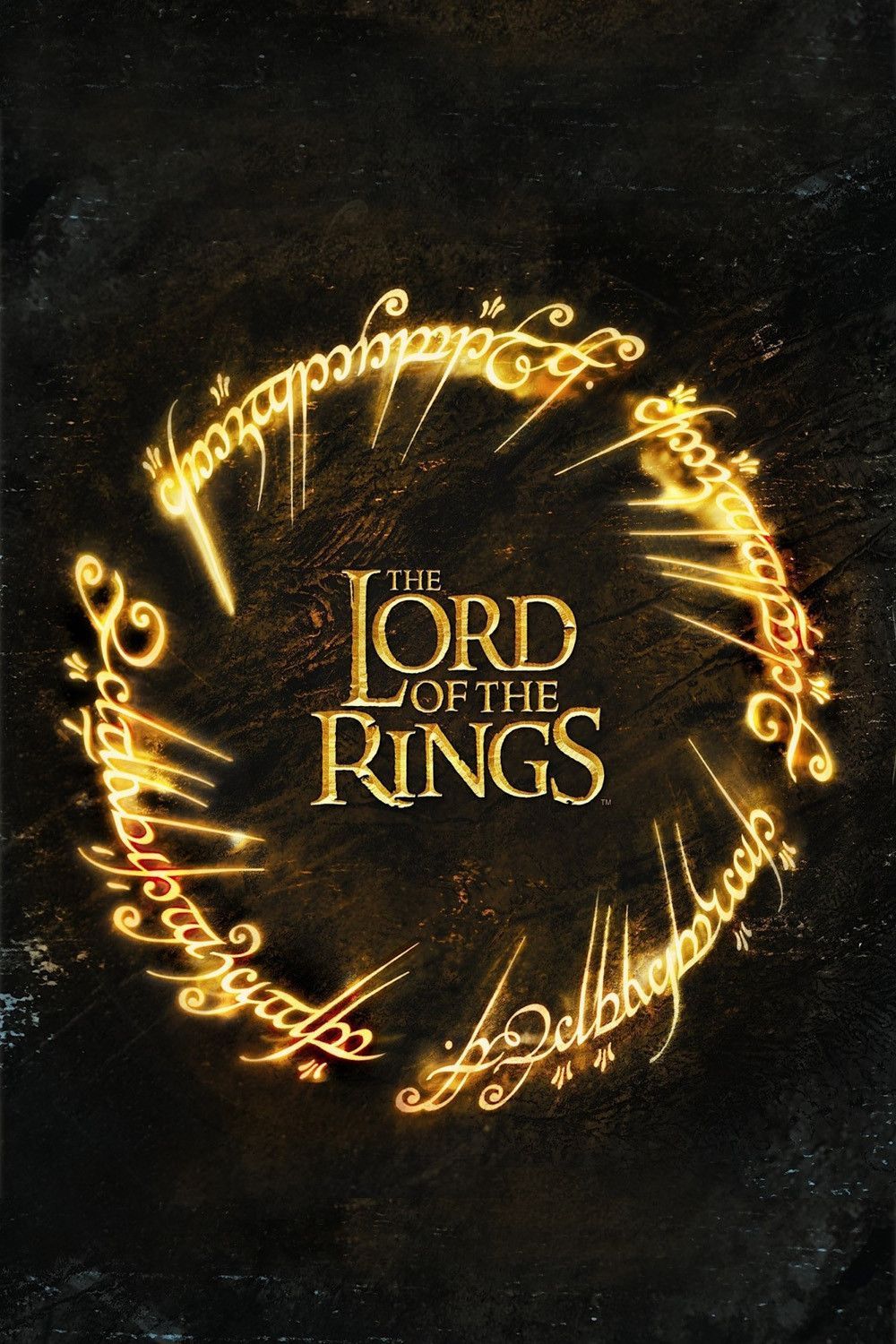While the dreaded Dark Lord Sauron is the main antagonist of Tolkien’s The Lord of the Rings, in some ways the more villainous foe in the story is Saruman the White, the fallen Istar who betrayed his Order in his bid for power and control. While he may initially have been as noble in intent as his comrade Gandalf and the other Wizards when they arrived in Middle-earth in the Second Age to help prepare the Free Peoples to challenge the will of Sauron, Saruman turned his coat and came very near to ensuring Sauron’s supremacy.
While Peter Jackson’s Lord of the Rings films did an excellent job portraying this heel turn, including Saruman and Gandalf’s duel, there’s one major detail the films omit: Saruman’s turning his coat is literal. He rejects the appellation “the White,” which had signified his leadership among the Istar, and proclaims himself instead to be Saruman of Many Colors, and updates his wardrobe accordingly. As Gandalf described this revelation:
‘For I am Saruman the Wise, Saruman Ring-maker, Saruman of Many Colours!’ I looked then and saw that his robes, which had seemed white, were not so, but were woven of all colours, and if he moved they shimmered and changed hue so that the eye was bewildered. – The Fellowship of the Ring, Book 2, Chapter 14, “The Council of Elrond”
Saruman Changes Colors In The Lord Of The Rings To Physically Show His Corruption
Saruman Attempts To Divide The Free People Like A Prism Divides Light
When the five Istari arrived in Middle-earth and disguised their divine nature, they took on the forms of the Wise, in part to best reflect their role as teachers and guides for the Free People. Their original nature as Maiar – divine spirits roughly analogous to angels – connected them to the Valar, who charged them with their mission. Saruman, as their leader, was dubbed the White, as the purest and most radiant of the messengers of the Valar. Gandalf was the Grey, Radagast the Brown, and the two remaining Istari were known as the Blue Wizards.
|
The Names and Ranks of the Order of Istari |
||
|
Mortal Name |
Maiar Name |
Rank |
|
Saruman |
Curumo |
The White |
|
Gandalf |
Olórin |
The Grey |
|
Radagast |
Aiwendil |
The Brown |
|
Unknown (possibly Rómestamó) |
Unknown (possibly Alatar) |
The Blue |
|
Unknown (possibly Morinehtar) |
Unknown (possibly Pallando) |
The Blue |
Saruman’s rejection of the label of “the White” in favor of “Many Colors” represents a rainbow’s worth of things about his character. His heel turn in rejecting the unified vision of the White Council in favor of Sauron’s honeyed words and false promises shatters the efforts of the Free People like light through a prism. It’s also a statement of ostentation and pride, as his centuries of acting only as advisor and teacher are cast aside in favor of how Sauron stoked the fires of his ego.
Related
Gandalf Forgetting The Blue Wizards In The Hobbit Has An Explanation In Lord Of The Rings Canon Thanks To Tolkien
Gandalf (Ian McKellen) forgot the names of the Blue Wizards in Peter Jackson’s The Hobbit movies, and there is a canon reason for that.
It also adds to the poignance of Gandalf’s resurrection, and how Gandalf described himself as “Saruman as he should have been.” The White Wizard was meant to be a teacher, a guide, a reminder of a unity of purpose in the face of all-consuming darkness, not a self-appointed tyrant.
The Lord Of The Rings Movies Leave Out This Detail Of Saruman’s Villain Turn
Peter Jackson’s Films Still Preserve The Emotional Weight Of Saruman’s Betrayal
While the majority of Saruman’s fall to darkness is portrayed accurately in Peter Jackson’s version of The Fellowship of the Ring – much is actually shown in greater detail than in Gandalf’s recounting in the original text – Saruman’s amazing technicolor heel turn didn’t survive the transition from text to screen. Still, in the scheme of changes made from the books, this is one that was best left on the cutting-room floor; Peter Jackson’s trilogy has a very intentional approach to the use of color, and Saruman suddenly shining with rainbow hues would likely have shattered any audience’s suspension of disbelief.
Jackson’s editorial choices were definitely an appropriate way to update that moment for modern audiences…
Saruman’s color change is one of the more esoteric parts of The Lord of the Rings, but the scene in the original book doesn’t stand out as odd among the rest of it; Tolkien, as a scholar of ancient European mythology, didn’t use any imagery that couldn’t also be found in old Norse or Saxon stories. Still, Jackson’s editorial choices were definitely an appropriate way to update that moment for modern audiences and ensure that the storytelling beat didn’t lose any of its impact because of an anachronistic visual effect.


